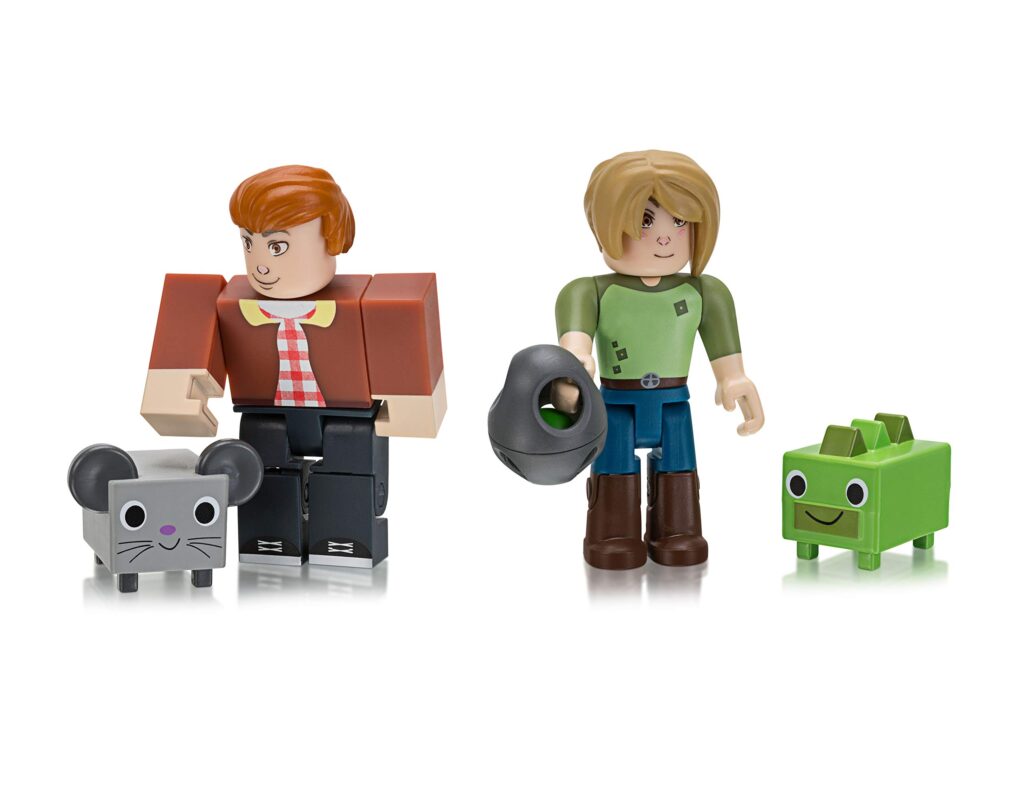Simulation games have gone from Tennis for Two, a primitive game simulating a tennis match, to complex and realistic life simulators where players can manage their characters’ careers, relationships, and social lives. The first major simulation game came in 1985 with Little Computer People, while The Sims, released in 2000, allowed players to create and control a family of virtual characters. Virtual pet games have also become popular since the mid-1990s, with games such as DigiMon, Tamagotchi, and Pokemon proving to be immensely popular with children and adults. As technology continues to evolve, simulation games are likely to become even more immersive and sophisticated, especially with the continued growth of Virtual Reality and Artificial Intelligence.
From Virtual Pets to Realistic Life Simulators – The Evolution of Simulation Games
Simulation games have come a long way since their inception. From simple virtual pets to complex and realistic life simulators, the genre has evolved significantly over the years. This article takes a look at the history of simulation games and how they’ve evolved into what we know them as today.
Early Years: The Birth of Simulation Games
The first simulation game was created in the late 1950s, called Tennis for Two, which was a video game simulation of a game of tennis. The game was primitive by today’s standards, but it laid the groundwork for what would become a popular gaming genre.
In the 1980s, simulation games started to gain popularity as computing power grew, allowing for more sophisticated games. The first major simulation game hit came in 1985 with Little Computer People, a game in which players interacted with virtual creatures living inside their computer. Another early simulation game was SimCity, released in 1989, which allowed players to build and manage their own city.
The Rise of Virtual Pets
Despite the success of earlier simulation games, the true breakthrough for the genre came in the mid-1990s with the release of virtual pet games. The first of these games, DigiMon, was released in 1997 and quickly became a worldwide sensation. Other popular virtual pet games include Tamagotchi, Neopets, and Pokemon.
Virtual pet games allow players to take care of a virtual pet, feeding it, petting it, and playing with it. These games proved to be immensely popular with children and adults alike, providing a fun and low-maintenance way to raise a pet.
The Emergence of Life Simulators
In the early 2000s, simulation games took a major leap forward with the emergence of life simulators. These games allow players to create and control a virtual life, managing their character’s career, relationships, and social life.
One of the most iconic life simulation games is The Sims, which was released in 2000. The game allows players to create and control a family of virtual characters, managing their needs and day-to-day life. The game was an instant hit, spawning numerous sequels and expansion packs.
Since the release of The Sims, life simulators have become increasingly popular, with games like Second Life and Animal Crossing offering players even more control over their virtual lives.
The Future of Simulation Games
As technology continues to evolve, simulation games are likely to become even more immersive and sophisticated. Virtual reality has already shown promise as a potential avenue for future simulation games, allowing players to fully immerse themselves in a virtual world in a way that was previously impossible.
Another area of possible growth is in the use of artificial intelligence, which could vastly expand the possibilities for simulation games. AI could allow for even more complex and realistic simulations, offering players an entirely new level of immersion.
Conclusion
Simulation games have come a long way since the early days of video games. From virtual pets to complex life simulators, the genre has evolved in ways that once seemed impossible. With the continuing advancements in technology, the possibilities for simulation games are virtually infinite, and we can’t wait to see what the future holds.
